Ancient Secrets Revealed: Legends of Easter Island's Tiki
Easter Island, or Rapa Nui, is a faraway island in the Pacific Ocean known for its enigmatic tiki statues. These statues, called moai carvings, have interested people for a long time and are still a popular tourist spot. In this article, we will learn about Easter Island tiki, their history, importance, and some of their mysteries.
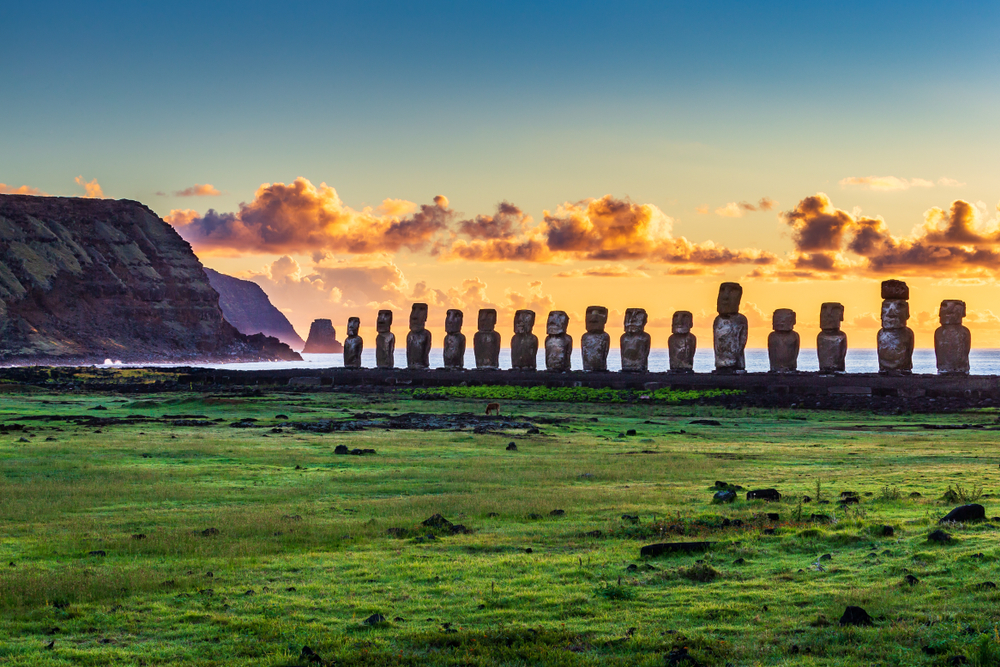
Ancient secrets and legends surround the mystical tiki statues of Easter Island. These enigmatic figures, also known as moai, have fascinated explorers and historians for centuries. Carved by the Rapa Nui people, each tiki statue is a testament to their rich culture and ancestral traditions.
In this article, we will delve into the history, significance, and mysteries surrounding Easter Island's tiki statues. Discover the secrets of stunning sculptures and learn about the intriguing legends that surround them. Let's embark on a journey to the remote Pacific island of Rapa Nui, where ancient secrets await discovery.
The Origins of Tiki Statues
The Rapa Nui people, who settled on the island around 1200 AD, created the tiki statues on Easter Island. The Rapa Nui culture believed that they carved these statues from volcanic rock to represent their ancestors. They placed the statues on platforms called ahu, which they believed to be sacred sites.
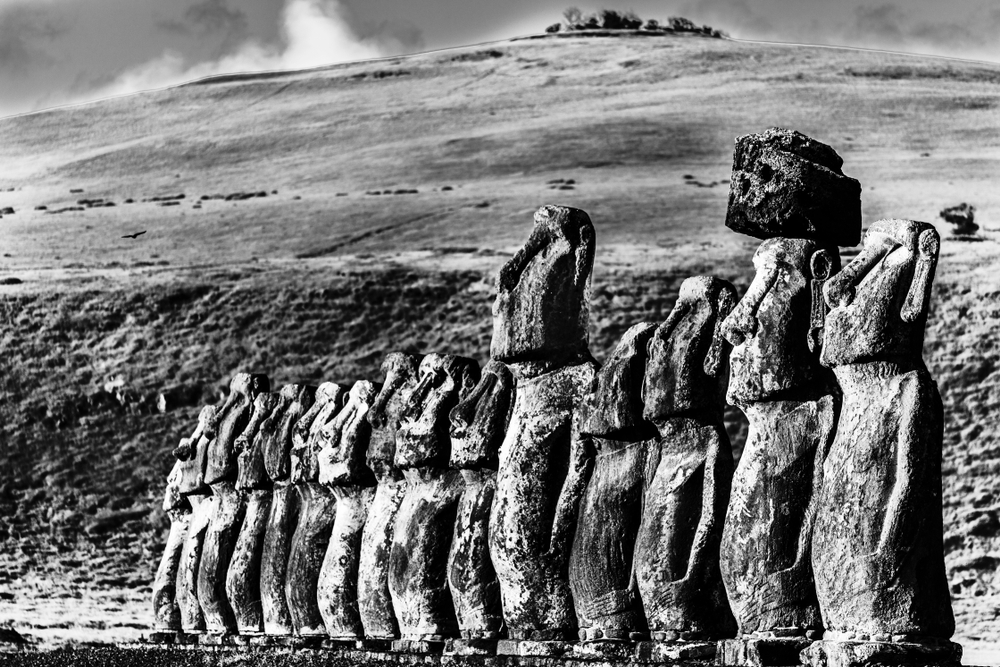
Easter Island has about 900 tiki statues. The largest one is over 30 feet tall. People visit to see these famous moai statues.
People made the old Easter Island statues from volcanic stone on a faraway island. They mainly used red stone for the carvings.
The Purpose of Tiki Statues
The reason for the tiki statues is unknown because the Rapa Nui people didn't write anything about it. People made statues to honor and talk to their ancestors, so they have different headdresses and meanings. People also believed that the statues had a protective role, as they guarded the island and its inhabitants. Some experts also believe that people used the statues in religious ceremonies and rituals.
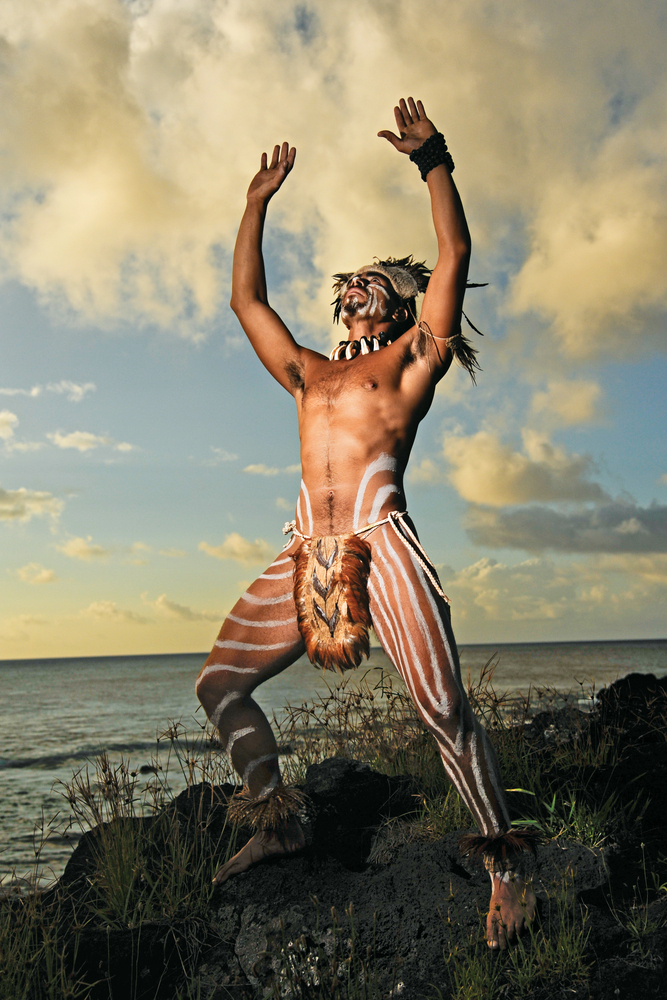
The Mystery of the Tiki Heads
Tiki carvings have large heads. The moai statue is famous for its extremely large head and small body. The heads make up about two-thirds of the statue's height and are disproportionately large compared to the rest of the body.

This has led to many theories about the purpose and meaning of the tiki heads. The Rapa Nui culture made the Easter Island heads to either show their culture or to display power and authority. These massive stone statues, known as moai, have fascinated researchers, historians, and tourists alike for centuries.
The Rapa Nui people made the moai to honor and represent their ancestors, who lived on Easter Island. People in the community made the heads to look like important people, but we still don't know who they were.
People believed that the moai connected the living and the dead, representing the spirits of ancestors in physical form. People used special platforms called ahu for religious rituals and community events. They were sacred and used to put things on.
The second belief is that people made the moai to show power and authority. This is similar to how the Hawaiian culture uses lei o mano and shark tooth club to demonstrate power and strength. Clans or tribes on the island put up heads to show their wealth, status, and social standing, as per this theory.
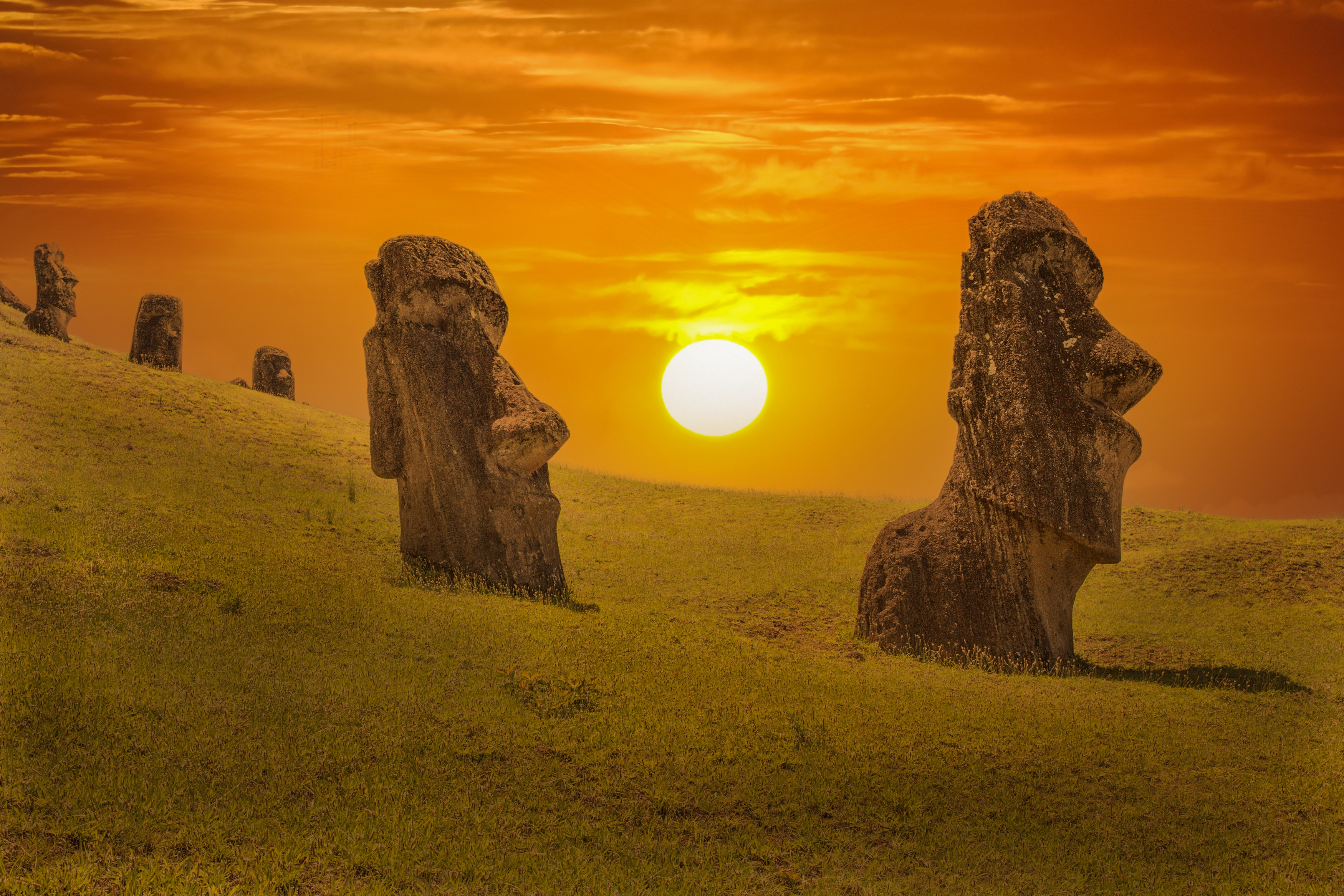
The amount of moai a clan had showed how powerful and important they were in the community. The statues needed a lot of resources like people, tools, and materials. This showed how rich and powerful the clans were who made them.
The moai on Easter Island showcase the amazing skills of the Rapa Nui people, regardless of their purpose. Artisans carved these statues from volcanic rock using primitive tools and techniques.
Some of them weigh several tons and stand over 30 feet tall. We still don't know how they took the large stones from the quarry, shaped them, and moved them around the island. It needed a lot of work and planning.
The moai on Easter Island continue to captivate tourists. Large tiki statues remind us of the island's culture and the cleverness of its people in the past.
Studying and protecting these mysterious statues helps us learn about the Rapa Nui civilization and their customs. Some believe the heads symbolize the Rapa Nui's respect for their forefathers. However, some people believe that the heads resemble the Polynesian god, Tiki, by design.
The Decline of Tiki Statues
At one point, hundreds of tiki statues adorned the island, but by the 19th century, people had toppled over most of them. The reason for the decline is unclear. Too many people, tribal fights, and cutting trees are causing a decrease in the production of tikis. Today, people have restored and are protecting many of the tiki statues as a UNESCO World Heritage Site.
The Legacy of Tiki Statues
Tiki statues have a rich and fascinating legacy that spans cultures and continents. These iconic carvings are most commonly associated with Polynesia, particularly the islands of Hawaii, Tahiti, and Easter Island. However, their influence extends far beyond these regions, leaving a lasting impact on art, fashion, and popular culture.
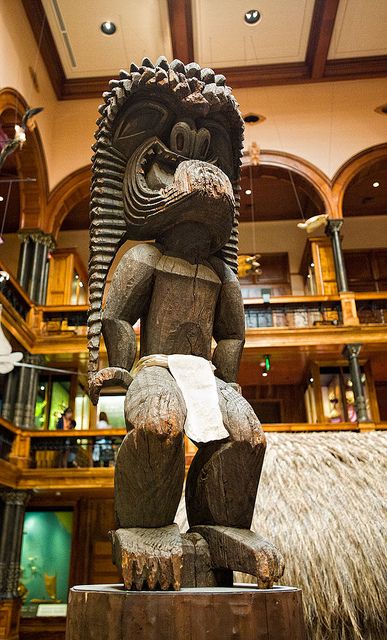
Tiki statues came from ancient Polynesian cultures on Pacific islands long ago. People typically carved these statues from wood or stone and they served various functions within the community. People often used them as religious or spiritual objects, representing gods, ancestors, or deities. The community believed that Tiki statues had power and brought protection, luck, and fertility.
European explorers found and settled Pacific islands in the 18th and 19th centuries. They were interested in Tiki statues. They gained recognition for their special and attractive style, featuring exaggerated faces, bold shapes, and detailed designs. Tourists sought after these statues and took many back to Europe and North America.

In the early 20th century, Tiki culture experienced a significant resurgence in popularity. Tourism to the Pacific islands and the idea of a tropical paradise greatly influenced this.
Tiki-themed restaurants, bars, and hotels began to spring up, particularly in the United States. These places had fancy Tiki decorations, like carved statues, to make customers feel like they were in a Polynesian paradise. Simplified text (in English): These places had fancy Tiki decorations, such as carved statues, to give customers a Polynesian paradise vibe.
These spots had cool Tiki decor, like carved statues, to create a Polynesian paradise feel for customers.
These spots had cool Tiki decor, like carved statues, to create a Polynesian paradise feel for customers. These spots had cool Tiki decor, like carved statues, to create a Polynesian paradise feel for customers. Tiki culture became immensely popular in the mid-20th century and influenced fashion, music, and entertainment.
Tiki statues also played a significant role in the development of modern surf and skate culture. People often associate surfers who love the beach with Tiki style. They often decorate their surfboards and skateboards with Tiki statues. This connection between Tiki and alternative subcultures further cemented its place in popular culture.
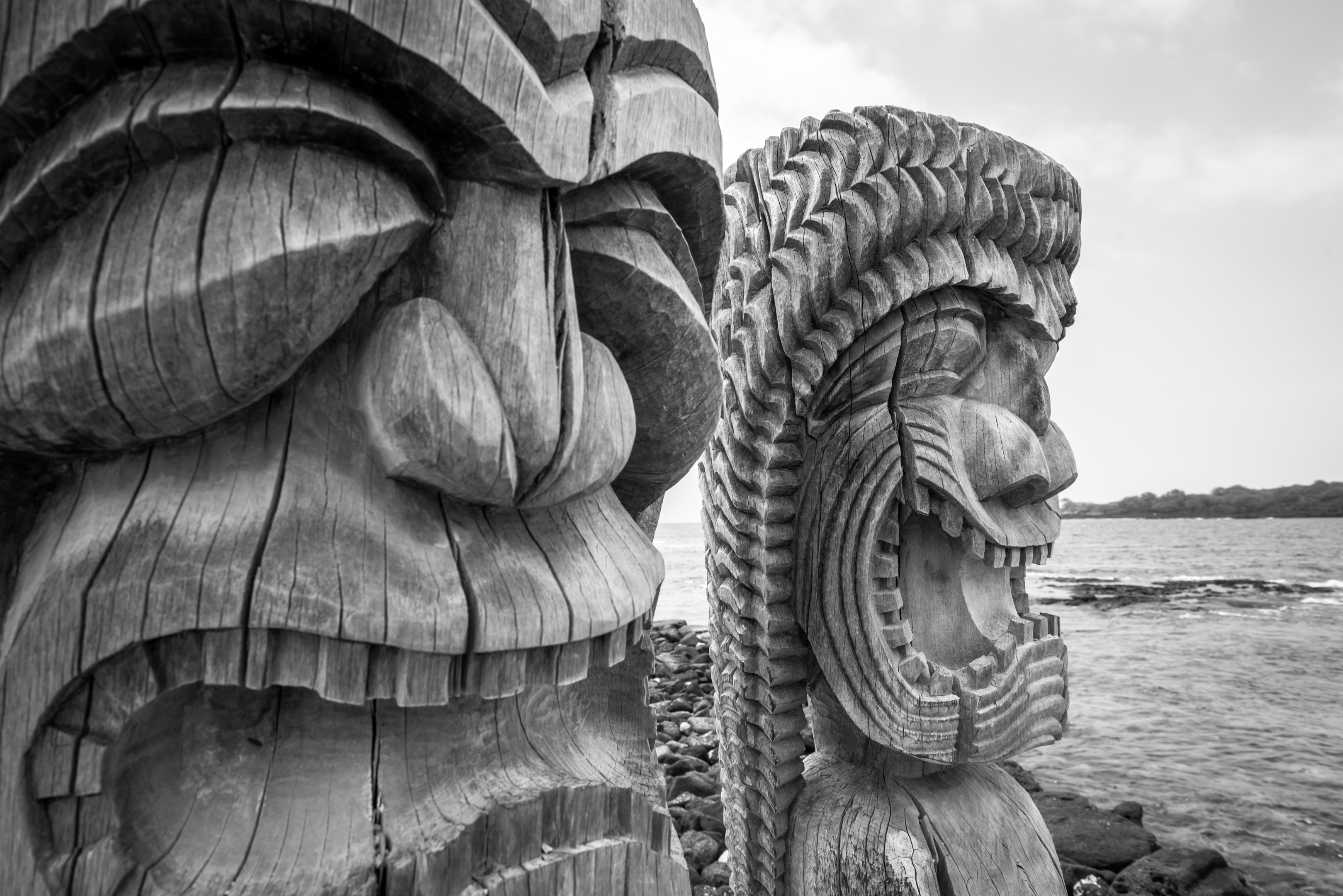
Today, people cherish and celebrate Tiki statues. People value them for their beauty and for their representation of Polynesian heritage and the desire to escape. Tiki events happen globally, like festivals and parties, where fans can enjoy the lively and unique Tiki culture. Whether displayed as a decorative item or embraced as a lifestyle, Tiki statues will forever hold
The tiki statues of Easter Island continue to fascinate people from all over the world. They have become a symbol of the island and are a major tourist attraction. The statues have also inspired popular culture, with their likeness appearing in movies, TV shows, and even theme parks. The mystery of the tiki statues has caused theories and debates, interesting historians and archaeologists.
The Easter Island tiki statues are important in history and still fascinate people with their mystery. Discovering the Rapa Nui people and witnessing the Easter Island tikis will create an unforgettable lifelong memory.












